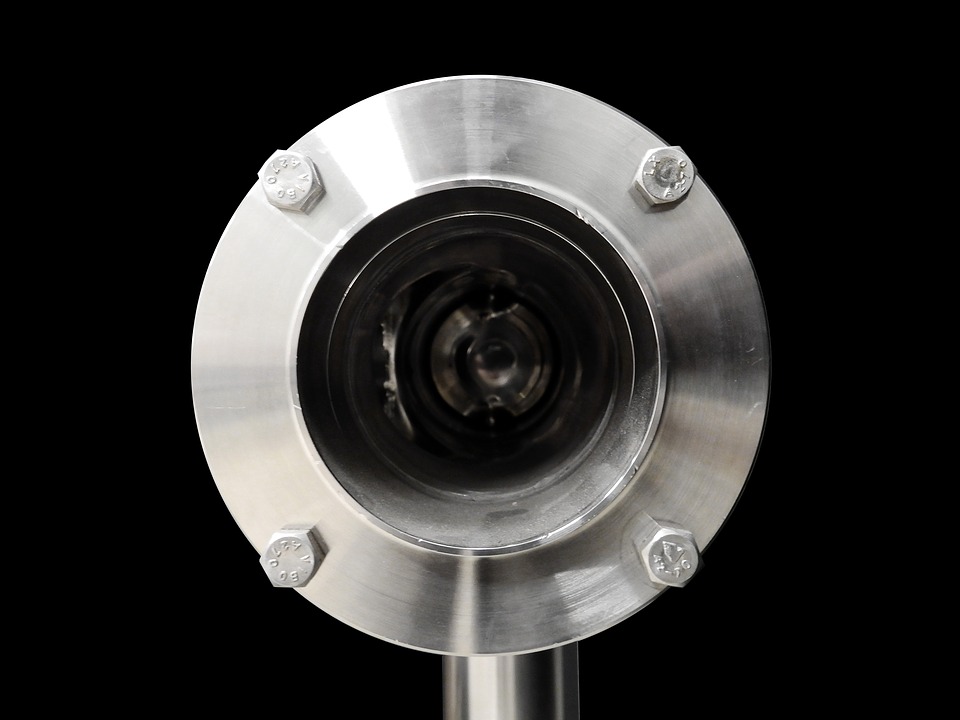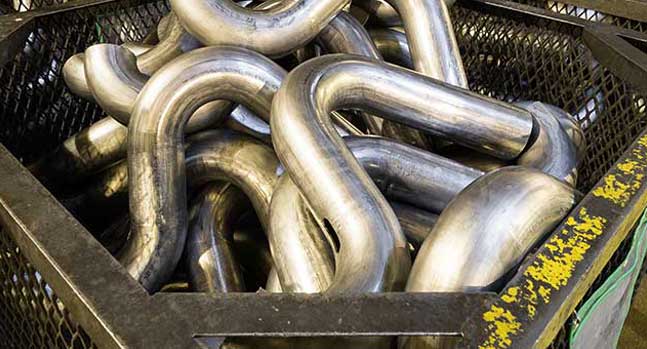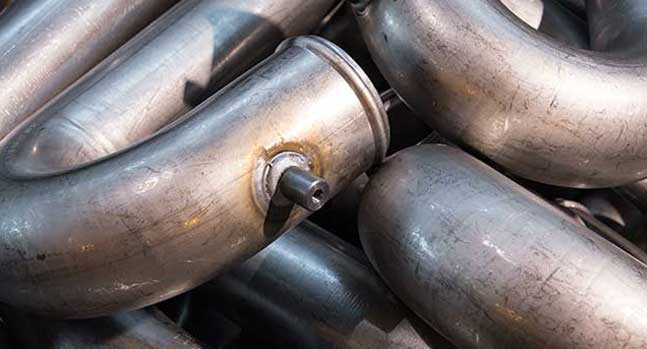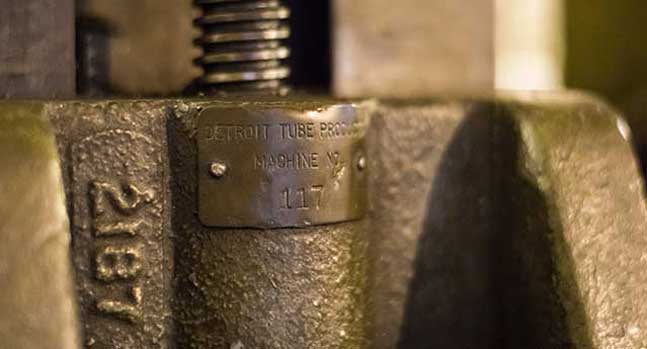 Tube flaring is a type of forming operation, known usually as work hardening which is the strengthening of a metal or polymer by plastic deformation. The strengthening occurs by dislocation movements and generation within the material’s crystal structure. Also, a flare nut is then used to secure the flared tube’s tapered end to the fitting producing a strong seal.
Tube flaring is a type of forming operation, known usually as work hardening which is the strengthening of a metal or polymer by plastic deformation. The strengthening occurs by dislocation movements and generation within the material’s crystal structure. Also, a flare nut is then used to secure the flared tube’s tapered end to the fitting producing a strong seal.
Flanging heat causes the tubing wall to curve outward at a 90-degree angle from the machine’s direction. In addition, tube flanging is often used for applications with over-molding, the process of adding an additional layer of material over an already existing part, due to the powerful mechanical bond between the flanged tube and over-molded object.
Tube flaring improves accessibility to the interior of the tubing. This is to facilitate the insertion of tools, stents, wires, et cetera. Also, tube flares can be formed to create easier pathways to insert wires, optical fibers, and other instruments into the inside of the extrusion.
Tube flanging is a modification frequently used to facilitate the attachment of tubings to fittings to provide an end to the tubing. Furthermore, each of the different types of flanges has different applications.
Detroit Tube Products specializes in tube modifications and has since 1911 in a wide variety of end-uses and industries. Our knowledge and experience in tubular engineering make us the best choice for all of your tube modifying needs. We do everything from custom tube bending to tube flaring and flanging. For a professional-grade tubing job, come to Detroit Tube Products to get the best experience. Finally, contact us today for more information on tube flaring and flanging also request a free quote today!

3/4" to 6" diameter bending capacity
Severe radius capability standard - all sizes
Close tolerance available
Large die selection
Bend all tubing materials and shapes.

